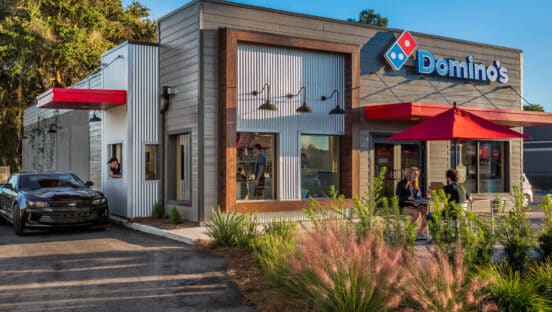A recent jobs report from the Bureau of Labor Statistics (BLS) showed another improvement in the leisure and hospitality sector, with the addition of 271,000 jobs in October. Almost 75 percent of that gain occurred in food services and drinking places, which is encouraging news for an industry hit so hard by the realities of the COVID-19 pandemic.
Still, as restaurants continue to reopen and pivot their business models based on the latest government guidance, tapping into a newly fragmented workforce can mean taking extra care to be candidate-focused in order to help get the employee you want and getting them onboarded quickly. So much pivoted to digital during the pandemic and hiring is no different. Taking a digital approach to hiring can put the power of technology and data in place to help restaurant and bar owners re-staff and prepare for the return of dining out. Below are three tips for the food service industry to keep in mind as they look to re-hire their workforce.
Extend your candidate pool—Restaurants may find the best talent in places that may not have traditionally been an option. A mid-summer poll conducted by College Reaction/Axios showed that more than 25 percent of college students were not planning to return to campus, which means they may be still at home and looking for work locally on a less temporary basis than usual. That is a potentially new and experienced candidate pool to tap into. Using social media along with other digital communication is key to reaching and recruiting this group. Restaurant websites, along with review and delivery apps, are also getting higher views as diners check for operating hours and COVID-19 precautions before heading out, which means those pages and screens could also be tapped to share open positions.
Consider scheduling flexibility—Data analysis from Equifax suggests that for hourly workers searching for employment, scheduling flexibility and hours offered are key factors to their decision making. A (pre-pandemic) study of pre-employment data for a large national restaurant chain found that nearly one-quarter of their new hires were concurrently holding another job. That is significantly above the January 2020 national average of 5.1 percent, as tracked by the BLS. Such information can be confirmed through pre-employment verifications and is invaluable for hiring managers to help guide conversations around scheduling needs in the hopes of attracting the best candidates and increasing retention by offering a workable schedule. With schools, child care and eldercare still relatively uncertain, schedule flexibility may be a more critical factor for securing the best candidate.
Make onboarding mobile—Offering candidates the opportunity to complete some of the required paperwork ahead of their start date and even from their mobile device could provide a better onboarding experience and allows managers to focus on selling rather than paperwork. For example, electronic solutions for completing Form I-9 and E-Verify are available by subscription to employers of all sizes and offer digital completion for both employers and employees as well as storage and reporting.
With millions of individuals hoping to get back to work, balancing candidate needs with an eye towards quality hires and improved longevity is a critical consideration. With so much change, and continuing uncertainty, using data and technology to help recruit and onboard candidates, restaurant owners can work through this unusual time and help get the best employees on their front lines to help support their diners and their business.
Kristi Kovalak has more than 20 years of experience in technology marketing and communications with specific focus on user experience and insights. She is responsible for helping guide the strategic messaging and go to market strategies for the suites of services at Equifax Workforce Solutions. Kristi has worked for both B2B and B2C companies, including support for HR teams at Compaq (now HP), Altisource, AT&T and Walt Disney World.













